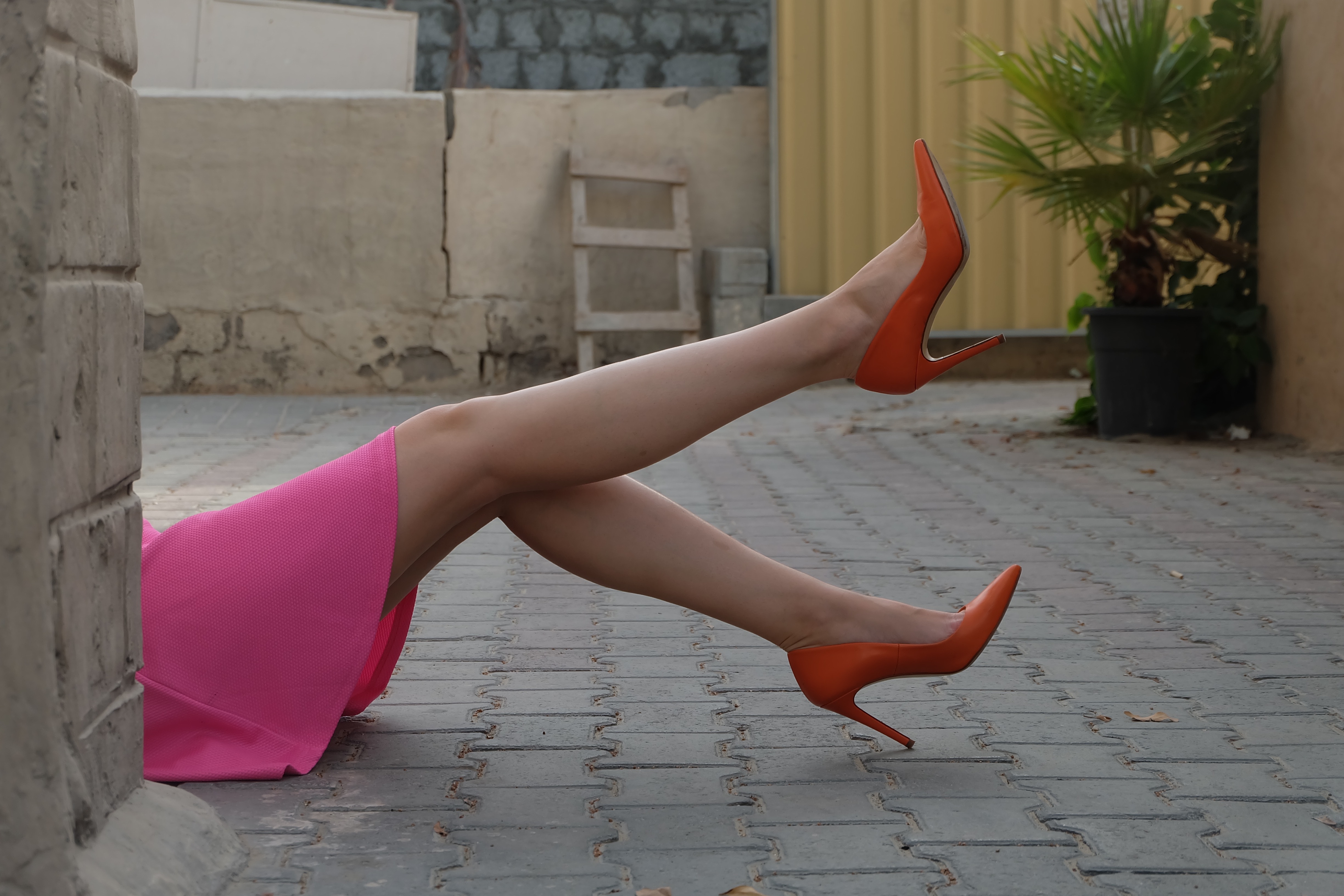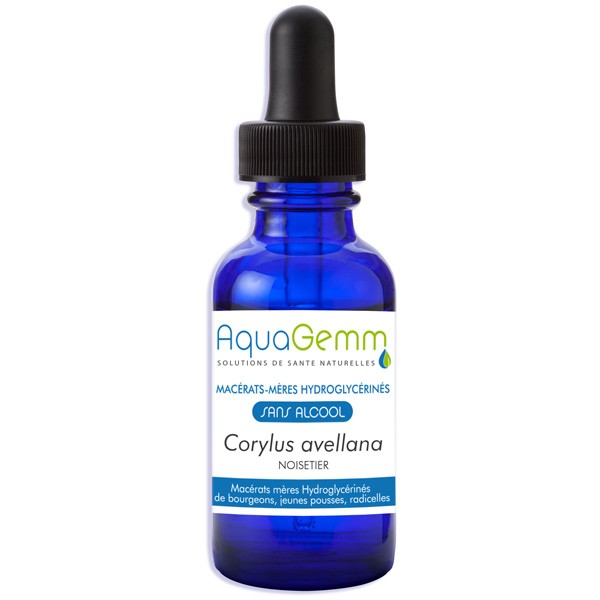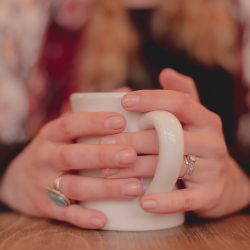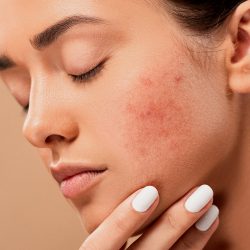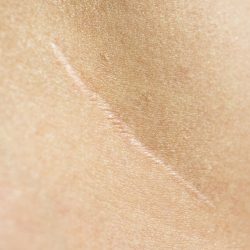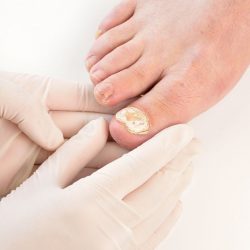Heavy legs ? Numb limbs? Nighttime cramps? Cold extremities? Varicose veins or swelling of the lower limbs? The functional signs of circulation disorders are often manifested by a feeling of heaviness, numbness and pain in the legs. In this article, discover naturopathic advice and treatments to relieve your circulatory disorders.
Disorders related to poor venous circulation:
Venous insufficiency is a disorder of the blood circulation of a hereditary nature mainly affecting women. The frequency of this condition generally increases with age. In France, 70% of women over 80 have this disorder.
The venous circulation is closely related to the arterial circulation. The role of the veins is to return blood from the organs to the heart, while that of the arteries is to supply the heart muscle with richly oxygenated blood.
During poor blood circulation, blood stagnates especially in the lower body (hence numbness in the lower limbs). In fact, the venous return to supply the heart is more difficult. The veins are equipped with valves that prevent the blood from going back in the other direction and the blood returns thanks to the muscles of the body which exert pressure on the veins (hence the need to be active).
What do we call moods?
Humors are defined by blood and its plasma, intracellular lymph (cytoplasm), extracellular interstitial and lymph channeled into the lymphatic vessels.
Humors transport oxygen and nutrients to cells. They also collect waste and manufactured elements such as enzymes, hormones, neurotransmitters, etc.
Two types of waste are collected by the humours:
- Crystalloidal substances: These are the hard, soluble wastes from the body that are evacuated by the kidneys and sweat glands through urine and sweat. These wastes come mainly from the digestion of major sources of acid such as refined foods (sugars, cereals) and foods rich in protein (meat, dairy products, fish, vegetables). When, as a result of a dysfunction in the body, their elimination becomes difficult, these crystals accumulate and come out in different forms (stones, rheumatism, dry eczema, etc.)
- Mucosic substances: These are sticky and insoluble wastes eliminated by the liver via the bile, the intestines via the stool, the lungs via the sputum and mucus and the sebaceous glands via the sebum. We speak of fouling when the humours are overloaded with waste and become thicker, which slows their circulation and blocks the evacuation function. As a result, the cells are less well nourished and one can see symptoms or affections due to the rejection of this waste (nasal discharge, colds, sinusitis, bronchitis, acne pimples, purulent eczema).
Which plants to drain my venous and lymphatic circulation?
Herbal medicine offers a range of remedies to relieve venous and lymphatic circulation disorders. Also discover here the natural solutions in herbal medicine for heavy legs.
|
|
|
|
|
|
|
|
|
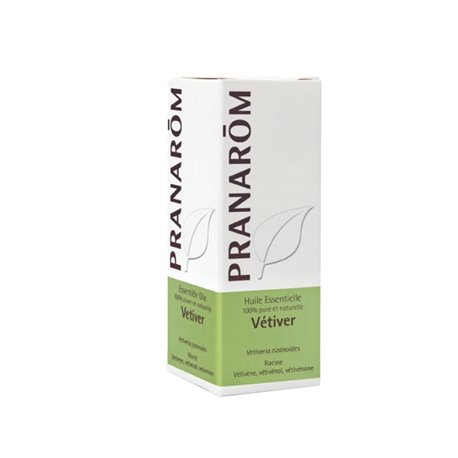 |
|
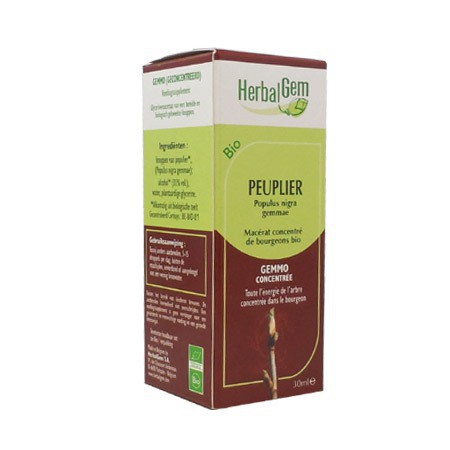 |
|
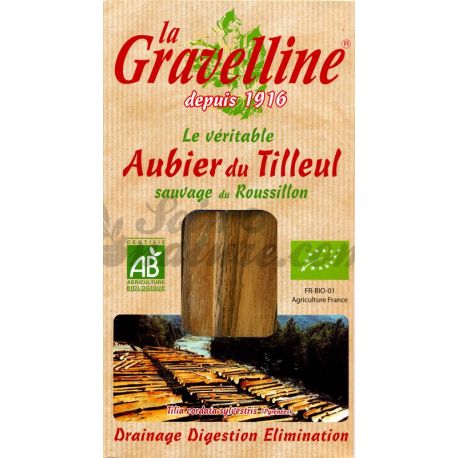 |
|
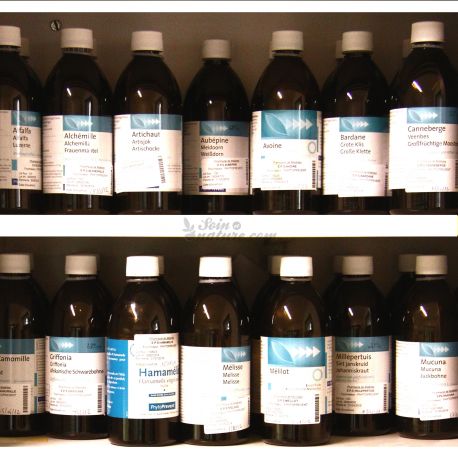 |
|
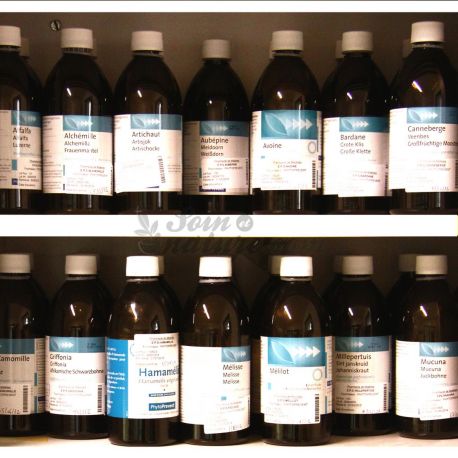 |
|
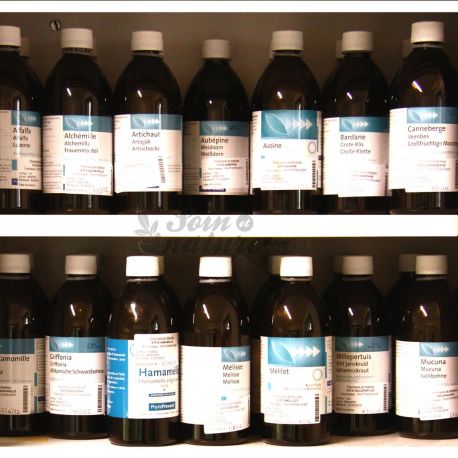 |
|
To benefit from the best effects of plants, the choice of remedies should not be confined to responding to the expressed symptoms of venous insufficiency. Some plants will respond better to your terrain, temperament, and adaptive reactions. This is why the consultation of a naturopath to relieve circulatory disorders is a guarantee of a quality analysis allowing a global vision of your disorders which, let us remember, are the ultimate means of expression of your body to serve you. dysfunction, temporary difficulty or toxic overload.
Naturopathic advice to take care of your venous and lymphatic circulation:
- Avoid a sedentary lifestyle
To promote good venous and lymphatic circulation, it is important to maintain regular physical activity and to be active during the day. Indeed, circulatory problems mainly concern people with a sedentary tendency; the contraction of the muscles being essential in the venous return. Engage in regular sports activity, preferably endurance sport.
- Elevate your legs at the end of the day
To reduce the risk of cardiovascular events, be sure to elevate your legs slightly about 6 inches above the level of your heart. Using a phone book under the mattress or resting your feet against the wall. Raising your legs will help the venous return to irrigate your heart as well as possible.
- Chronic venous disease in case of overweight
It is advisable to control your weight and avoid excess so as not to tire the venous system because of too much abdominal pressure.
In the event of a profession exercised while standing (in orthostatism), remember to walk and sit regularly
It is in fact not recommended to stay several hours in the same position statically. The stagnation of blood in the lower limbs prevents venous return and in fact, good circulation in the body.
- Regularly massage your legs
In order to stimulate lymphatic circulation, nothing better than to regularly massage your legs, always starting from the bottom and working your way up to the top of the thighs.
- Finish your shower with a jet of cold water on the legs (analgesic solution)
True technique of the blood whip, this trick will allow the stimulation of your blood circulation thanks to the temperature difference. Indeed, when the epidermis comes into contact with the cold, the blood is sent with increased speed to the organs, in order to maintain their temperature at a satisfactory height.
- Prefer the stairs to the elevator and walking to the car
Walk as much as possible, placing your foot firmly on the ground to activate venous return.
- Avoid tobacco!
Nicotine damages the walls of your arteries and thickens your blood. It is therefore preferable to quit smoking. It can be difficult to stick to it, but healthcare professionals can help.
- Drink a lot of water
Blood is made up of a lot of water. You must therefore remember to hydrate yourself to keep it moving. Aim for 8 glasses of water a day.
- Practice exercise
Yoga, simply elevating your legs, running, walking, cycling or swimming are great exercises that help strengthen the heart, lower blood pressure, and improve circulation. Set a goal of exercising for 30 minutes at least 3-4 times a week.
What are the foods that promote venous and lymphatic circulation?
- Red fruits for water retention:
Rich in vitamin P, red fruits strengthen the lining of blood vessels and decrease the passage of water into tissues.
- Avocado for vascular protection:
Rich in vitamin E, avocado is a powerful vascular protector. It is put on the menu at least once a week, washed down with lemon juice rich in vitamin C, which acts as a cofactor of vitamin E.
- Organic eggs to strengthen the walls of the vessels:
These eggs contain vitamin E and omega-3 fatty acids which, by helping to maintain cell membranes, strengthen the walls of the vessels.
- Meat and fish for natural venous retention:
Indispensable to muscle mass, these protein contributions are a most effective natural containment of the veins of the lower limbs.
- Nuts for circulation:
Rich in omega-3 fatty acids and vitamin E, they are doubly beneficial to our blood vessels. Eat 5 or 6 in the morning, it’s good for the circulation!
- Alternate fish and seafood for venous health:
In addition to proteins, crustaceans and shellfish are full of zinc and selenium, two constituents of collagen, which gives the veins resistance and the ability to expand.
- Season after cooking:
Cooked fats do not incorporate well into cell membranes, especially vascular ones. It is preferable to add fats, favoring vegetable oils, after cooking the food in the oven, grill, steam …
- Cooking with herbs for water retention:
Herbs and spices help reduce salt, which promotes water retention. In addition, both garlic and onion improve blood flow.
- Allow yourself a little red wine:
The red grape has draining properties and concentrates substances such as polyphenols that are beneficial to hair health. However, to be consumed in moderation.
Treatment of venous insufficiency with compression garments:
Compression stockings are recommended for people suffering from venous insufficiency and varicose veins. They relieve pain and heaviness in the legs and also prevent the risk of venous thrombosis and phlebitis. Compression clothing is indicated in the treatment of venous disorders and any venous insufficiency.
Compression clothing, especially socks, stockings and tights help reduce the dilation of the veins and increase the speed of blood flow. Coming from the medical field to promote venous return in patients suffering from venous insufficiency, venous compression clothing for athletes allows better recovery after exercise.
They must be adapted to each individual’s situation and prescribed by a doctor. There are different classes of compression, each adapted to the severity of venous insufficiency.

